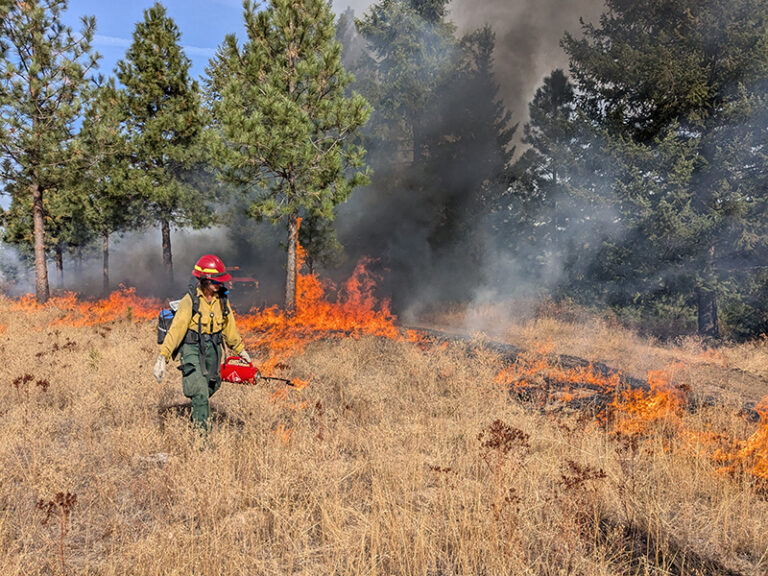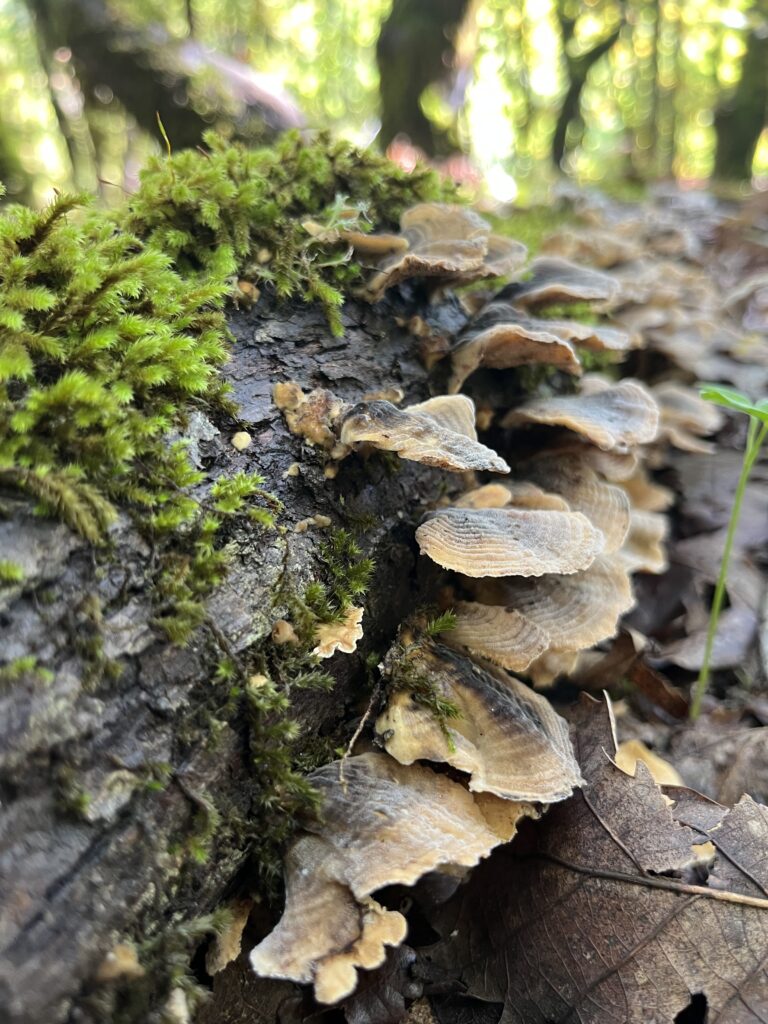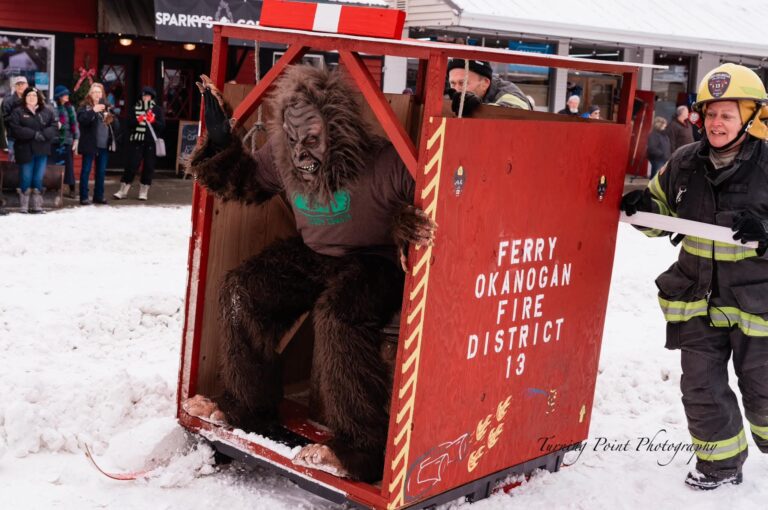Looking to get a new set of wheels for a great deal this spring? Spokane Bike Swap is this coming weekend (April 12-13, 9 a.m. – 3 p.m.) at the Spokane County Fair & Expo Center. It is THE place to get great deals on new and used bikes, from kid’s bikes and road bikes to tandems, tri-bikes, and mountain bikes. Great deals await on an estimated 600 plus bikes. Learn more at SpokaneBikeSwap.com.
There’s a lot to look for and think about when buying a new or used bike. Check out these bike buying tips from Brenda Mangine, owner of North Division Bicycle Shop, to give you an edge at the Bike Swap. (Prior to owning the shop, and at the time this article was published in 2014, Mangine was store manager and bike buyer.)
Brenda got into cycling in college, picked up a summer job at a bike shop, and has been working in the industry for the last 22 years—she is a Spokane Bike Swap veteran and helped sell refurbished used bikes for North Division Bicycle Shop at last year’s swap.



OTM: How can people make sure they get the right bike?
Brenda: When picking the right bike you have to ask yourself what kind of riding you want to do, where do you see yourself riding and at what intensity level do you want to participate? Example: A person wants to do their first sprint-tri but also wants a bike to ride around the neighborhood with their kids. We wouldn’t suggest a tri specific bike for this rider. Tri bikes are a specific purpose bike. A tri bike would be for that person who wants to perform at a higher intensity level than the rider who is just testing the waters.
My bike suggestion for the beginner would be a fitness hybrid. It’s an extremely versatile bike that can handle the bike portion of the sprint tri but is comfortable enough to ride in every day clothing when they want to cruise the neighborhood with the family.
OTM: How do you make sure to get the right size bike for your body?
Brenda: A comfortable bike fit is crucial to your enjoyment when riding. If you don’t have the help of a professional, here are a few tips to get the right fit. Adjust the seat height so that when you sit on the seat your toes should barely touch the ground. Look at the seat position. Traditionally the seat will sit a little above the handlebar position.
If it’s a comfort bike, the seat position will sit lower than the handlebar. Then when you reach for the handlebar you should have a have an open chest, your shoulders should not be over rotated and you should have about a 20 degree bend in your elbow.
From the side profile you should see 90 degrees between your torso and upper arm. If your shoulders are over rotating and your elbows are locked out, the bike is either too long or too big. If you feel too close to the handlebar and the seat is sitting well above the handlebar, the bike is too small.
OTM: How important is suspension on a mountain bike?
Brenda: Suspension is great on a mountain bike if you’re out riding the dirt trails. It allows you to track a straighter line and allows you to ride faster. If you’re a casual rider and just riding fire roads, it’s not necessary. But most modern-day mountain bikes come with a front suspension fork anyway.
OTM: What type of brakes should I look for?
Disc brakes are in fashion with almost every category of bike these days, but are they really needed? If you’re an aggressive off road biker, yes. If you’re an all-year-round bike commuter, yes. If you’re a fair weather casual rider, no.
OTM: How do I make sure I don’t buy a lemon?
Brenda: When buying a used bike, check it over carefully. Make sure there are no cracks at the frame welds, make sure the wheels spin true, check the condition of the rim braking surface, check the condition of the tires, make sure the shift levers shift and check the working condition of the brakes and brake pads.
If the bike has a rear shock and front suspension fork, make sure they are working properly. Squeeze the front brakes and push down on the front fork to make sure there is smooth action and no clunking. Sit on the seat and bounce to make sure there is smooth action on the rear shock as well.
If you find that there may be issues with the fork or shock, beware that most companies do not support their product after 5 years with the exception of seal kits.
OTM: Any other advice you have for people headed to Spokane Bike Swap in search of the perfect bike?
Brenda: The bikes at the swap go quickly. If you see the right bike, buy it; it might not be there minutes later. Bring a multi tool with you in the event you’re looking at a bike without a quick release seat collar. And if you have any questions, come see us at the North Division Bicycle Shop booth. We’ll be located right outside of the used bike corral.
Originally published in the April 2014 print issue.
[All photos courtesy Spokane Bike Swap.]













